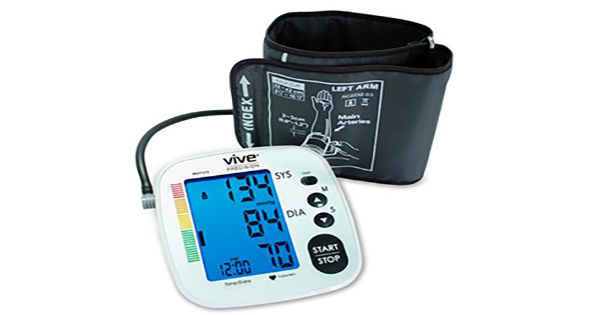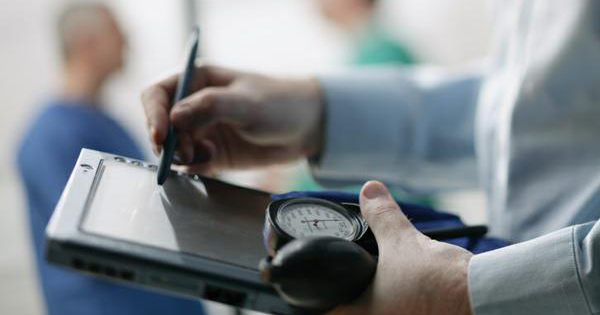
Short bursts of high intensity interval training may provide a more realistic alternative for preventing and managing Type 2 diabetes, as well as promoting weight loss, according to a paper published in Obesity Reviews.
This was a meta-analysis, meaning researchers searched databases to review multiple studies examining the effects of high-intensity interval training (HIIT) on specific health parameters. In this case, 50 studies were included in the research, paying particular attention to insulin resistance, blood glucose, hemoglobin A1c, body weight, and cardiorespiratory fitness.
Researchers found short bursts of vigorous activity in quick succession to be more “effective” when compared to longer forms of exercise in regards to how the body uses and stores blood sugar.
A majority of individuals diagnosed with type 2 diabetes are also classified as overweight or obese. Type 2 diabetes impacts your entire body: vision, kidneys, heart, etc. If you have high triglycerides, this is an indicator for greater risk for developing type 2 diabetes.
Treatment plans for type II diabetes, high triglycerides, and weight management included diet and physical activity.
The effects of exercise on the body’s insulin sensitivity and ability to utilize blood sugar are well proven. The effects of exercise on weight management is debatable.
Continue reading


 High blood pressure is diagnosed when blood pressure is consistently equal to or greater than 140 mm Hg/90 mm Hg.
High blood pressure is diagnosed when blood pressure is consistently equal to or greater than 140 mm Hg/90 mm Hg. Many
Many 
![saturated-fat[1]](https://www.lisanelsonrd.com/wp-content/uploads/2016/07/saturated-fat1.jpg) It’s no wonder so many of us are confused about healthy eating. Even the nation’s dietary experts keep changing their mind about what we should eat and what we should avoid. We asked USC School of Pharmacy Research Professor Roger Clemens to help remove some of the confusion surrounding healthy fats.
It’s no wonder so many of us are confused about healthy eating. Even the nation’s dietary experts keep changing their mind about what we should eat and what we should avoid. We asked USC School of Pharmacy Research Professor Roger Clemens to help remove some of the confusion surrounding healthy fats.

